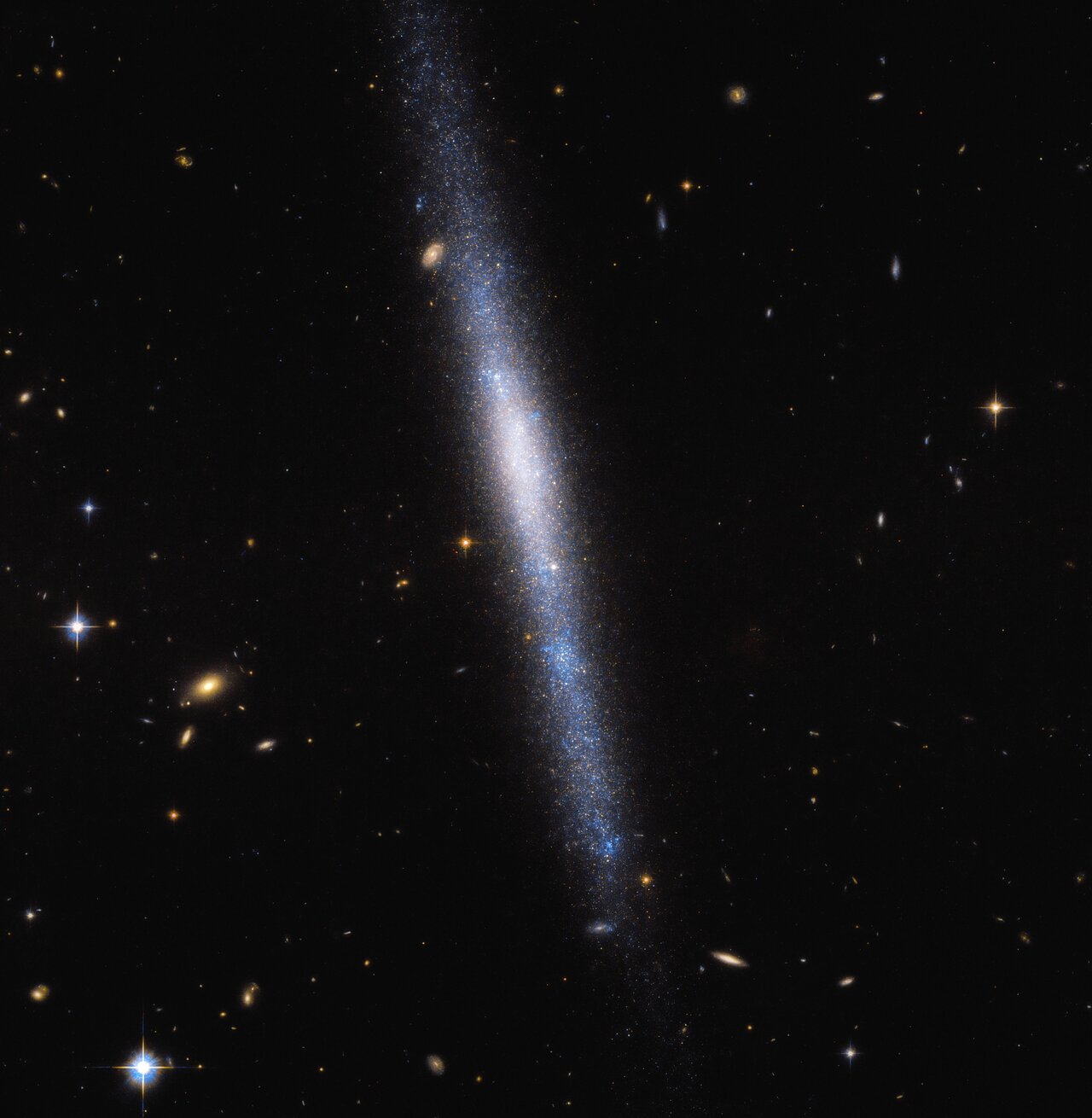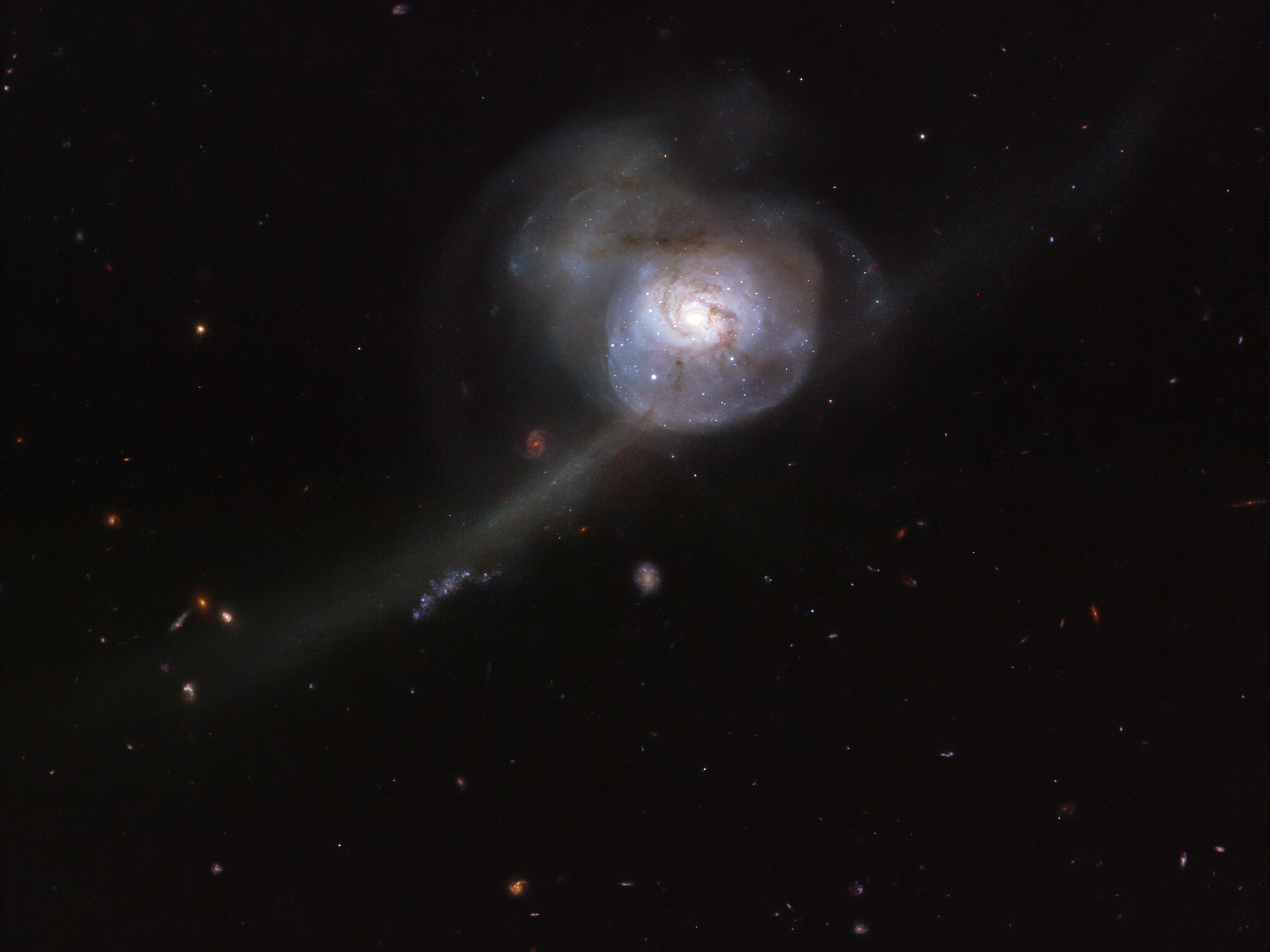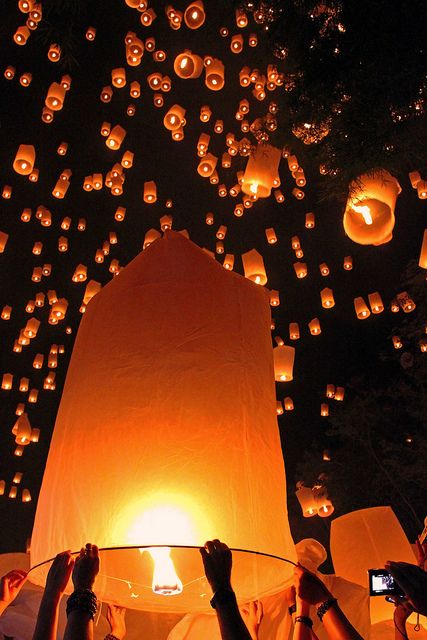Blog
Lawrence Benjamin Bunker (November 4, 1928 – March 8, 2005) was an American jazz drummer, vibraphonist, and percussionist. A member of the Bill Evans Trio in the mid-1960s, he also played timpani with the Los Angeles Philharmonic orchestra.
Born in Long Beach, California, Bunker was a central figure on the West Coast jazz scene, one of the relatively few who actually were from the region. In the 1950s and 1960s he appeared at Howard Rumsey‘s Lighthouse in Hermosa Beach, and performed with Shorty Rogers and His Giants and others. At first he played primarily drums, but increasingly he focused on vibraphone and was later highly regarded for his playing of timpani and various percussion instruments.
A dependable and in-demand studio drummer and vibist, Bunker achieved particular distinction by recording with Billie Holiday, Ella Fitzgerald, Peggy Lee, Diana Krall, and many other jazz greats. In 1952, he was the drummer in one of Art Pepper‘s first groups. In 1953 and 1954, Bunker played drums in some of the earliest of Gerry Mulligan‘s groups. From 1963 to 1965, he was, intermittently, the drummer in the Bill Evans trio. His work in movie soundtracks spanned over fifty years, from Stalag 17 (1953) and Glengarry Glen Ross (1992) to The Incredibles (2004), and included soundtracks by John Williams, Henry Mancini, Quincy Jones, Miklós Rózsa, Jerry Goldsmith, Johnny Mandel, Lalo Schifrin and many other composers.
more...Carlos Valdés Galán (November 4, 1926 – December 4, 2007), better known as Patato, was a Cuban conga player. In 1954, he emigrated from La Habana to New York City where he continued his prolific career as a sideman for several jazz and Latin music ensembles, and occasionally as a bandleader. He contributed to the development of the tunable conga drum which revolutionized the use of the instrument in the US. His experimental descarga albums recorded for Latin Percussion are considered the counterpart to the commercial salsa boom of the 1970s. Tito Puente once called him “the greatest conguero alive today”.
Like most Cuban musicians, Carlos Valdés had several nicknames throughout his artistic career. Early on he was known as “El Toro” (The Bull) as a young dancer and boxer. In school he was known as “Patato” (Potato) due to his short stature; more disrespectfully he was known as “Remache” and “Tampón de bañera” around his neighbourhood. While playing alongside Armando Peraza in Havana’s Zombie Club, he was known as “El Zombie”, “Zombito” or “Pequeño Zombie” (Little Zombie). Due to his dancing style he was known as “Pingüino” (Penguin). Nonetheless, “Patato” was the name that stuck and he carried this pseudonym to the US, where he was often miscredited as “Potato Valdez”.
more...https://www.youtube.com/watch?v=bHOWVSCleG0&list=PLEB3LPVcGcWZ0hsQ5_jgSMhawAnDzy1io&index=29
more...The galaxy UGCA 193, seen here by the NASA/ESA Hubble Space Telescope, is a galaxy in the constellation of Sextans (The Sextant). Looking rather like a waterfall, UGCA 193 appears to host many young stars, especially in its lower portion, creating a striking blue haze and the sense that the stars are falling from “above”.
The blue colour of UGCA 193 indicates the stars that we see are hot — some with temperatures exceeding 6 times that of our Sun. We know that cooler stars appear to our eyes more red, and hotter stars appear more blue. As the mass and surface temperature of a star, and therefore its colour, are linked, heavier stars are able to “burn” at higher temperatures resulting in a blue glow from their surface.

Joe McPhee (born November 3, 1939) is an American jazz multi-instrumentalist born in Miami, Florida, a player of tenor, alto, and soprano saxophone, the trumpet, flugelhorn and valve trombone. McPhee grew up in Poughkeepsie, New York, and is most notable for his free jazz work done from the late 1960s to the present day.
McPhee was born in Miami, Florida, on November 3, 1939. He began playing trumpet when he was eight, before learning other instruments. He played in various high school and then military bands before starting his recording career. His first recording came in 1967, when he appeared on the Clifford Thornton album entitled Freedom and Unity. McPhee taught himself saxophone at the age of 32 after experiencing the music of John Coltrane, Albert Ayler, and Ornette Coleman. During the late 1960s and early 1970s, McPhee lectured on jazz music at Vassar College.
more...Henry Grimes (November 3, 1935 – April 15, 2020) was an American jazz double bassist and violinist.
After more than a decade of activity and performance, notably as a leading bassist in free jazz, Grimes completely disappeared from the music scene by 1970. Grimes was often presumed to have died, but he was discovered in 2002 and returned to performing.
Henry Alonzo Grimes was born in Philadelphia, to parents who both had been musicians in their youth. He took up the violin at the age of 12, then began playing tuba, English horn, percussion, finally switching to the double bass at Mastbaum Technical High School. He furthered his musical studies at Juilliard and established a reputation as a versatile bassist by the mid-1950s. He recorded or performed with saxophonists Gerry Mulligan, Sonny Rollins, pianist Thelonious Monk, singer Anita O’Day, clarinetist Benny Goodman and many others. At a time when bassist Charles Mingus was experimenting with a second bass player in his band, Grimes was the person he selected for the job. One of his earliest appearances on film is captured in the Bert Stern documentary on the Newport Jazz Festival of 1958, Jazz on a Summer’s Day. Grimes was 22 years old, and as word spread among the musicians about his extraordinary playing, he ended up playing with six different groups in the festival that weekend: those of Benny Goodman, Lee Konitz, Thelonious Monk, Gerry Mulligan, Sonny Rollins, and Tony Scott. And though Henry’s name never even appeared in the festival’s printed program, New York Times critic Bosley Crowther took note of the remarkable young bassist and listed him as one of the festival’s primary players.
more...William Melvin Mitchell (November 3, 1926 – April 18, 2001) was an American jazz tenor saxophonist.
Mitchell was born in Kansas City, Missouri. He and his family moved to Detroit, where he received early music education at Cass Tech. He was known for his close association with trumpeter Thad Jones, who was also from Detroit, and worked in several big bands, including Woody Herman‘s when he replaced Gene Ammons. In 1949 Mitchell recorded with the Milt Buckner band, as well as making several recordings with Thad Jones.
more...Joseph H. Turner (November 3, 1907 – July 21, 1990) was an American jazz pianist.
One of the masters of the stride piano style associated with Harlem, New York City, Turner got his first big musical break in 1928 with his hiring by the Benny Carter Orchestra. Another break was his work accompanying Adelaide Hall, sometimes alongside Art Tatum, in the early 1930s. He also played with Louis Armstrong. After World War II, he settled in Europe, living in Paris from 1962. He played at La Calavados, a nightclub situated near the Champs Elysees until his death from a heart attack in 1990, at the age of 82.
more...https://www.youtube.com/watch?v=WAYzOz14OrI&list=PLEB3LPVcGcWZ0hsQ5_jgSMhawAnDzy1io&index=25
more...NGC 34 looks more like an otherworldly, bioluminescent creature from the deep oceans than a galaxy. Lying in the constellation Cetus (The Sea Monster), the galaxy’s outer region appears almost translucent, pinpricked with stars and strange wispy tendrils.
The main cause for this galaxy’s odd appearance lies in its past. If we were able to reverse time by a few million years, we would see two beautiful spiral galaxies on a direct collision course. When these galaxies collided into one another, their intricate patterns and spiral arms were permanently disturbed. This image shows the galaxy’s bright centre, a result of this merging event that has created a burst of new star formation and lit up the surrounding gas. As the galaxies continue to intertwine and become one, NGC 34’s shape will become more like that of an peculiar galaxy, devoid of any distinct shape.
In the vastness of space, collisions between galaxies are quite rare events, but they can be numerous in mega-clusters containing hundreds or even thousands of galaxies.

.
Ernest Dawkins (born 2 November 1953 in Chicago, Illinois, United States) is an American jazz saxophonist, principally active in free jazz and post-bop.
Ernest Khabeer Dawkins was a neighbor of Anthony Braxton as a child. He played bass and drums early in life before switching to saxophone in 1973. During that decade he began studying with members of the Association for the Advancement of Creative Musicians, such as Joseph Jarman and Chico Freeman, as well as at the Vandercook College of Music. He worked with Ed Wilkerson and the Ethnic Heritage Ensemble and Douglas Ewartbefore founding his own New Horizons Ensemble, which played regularly in Chicago into the 2000s, as well as at jazz festivals and on tour in Europe.
more...Keith Noel Emerson (2 November 1944 – 11 March 2016) was an English keyboardist, songwriter, and composer. He played keyboards in a number of bands before finding his first commercial success with the Nice in the late 1960s. He became internationally famous for his work with the Nice, which included writing rock arrangements of classical music. After leaving the Nice in 1970, he was a founding member of Emerson, Lake & Palmer(ELP), one of the early progressive rock supergroups. Emerson, Lake & Palmer were commercially successful through much of the 1970s, becoming one of the best-known progressive rock groups of the era. Emerson wrote and arranged much of ELP’s music on albums such as Tarkus (1971) and Brain Salad Surgery (1973), combining his own original compositions with classical or traditional pieces adapted into a rock format.
Following ELP’s break-up at the end of the 1970s, Emerson pursued a solo career, composed several film soundtracks, and formed the bands Emerson, Lake & Powell and 3 to carry on in the style of ELP. In the early 1990s, Emerson rejoined ELP, which reunited for two more albums and several tours before breaking up again in the late 1990s. Emerson also reunited the Nice in 2002 for a tour.
During the 2000s, Emerson resumed his solo career, including touring with his own Keith Emerson Band featuring guitarist Marc Bonilla and collaborating with several orchestras. He reunited with ELP bandmate Greg Lake in 2010 for a duo tour, culminating in a one-off ELP reunion show in London to celebrate the band’s 40th anniversary.Emerson’s last album, The Three Fates Project, with Marc Bonilla and Terje Mikkelsen, was released in 2012.Emerson reportedly suffered from depression and alcoholism, and in his later years developed nerve damage that hampered his playing, making him anxious about upcoming performances. He killed himself on 11 March 2016 at his home in Santa Monica, California. Emerson was widely regarded as one of the top keyboard players of the progressive rock era. AllMusic describes Emerson as “perhaps the greatest, most technically accomplished keyboardist in rock history”.
more...Philip Wells Woods (November 2, 1931 – September 29, 2015) was an American jazz alto saxophonist, clarinetist, bandleader, and composer.
Woods was born in Springfield, Massachusetts. He studied music with Lennie Tristano, who influenced him greatly, at the Manhattan School of Musicand at the Juilliard School. His friend, Joe Lopes, coached him on clarinet as there was no saxophone major at Juilliard at the time. Although he did not copy Charlie “Bird” Parker, he was known as the New Bird, a nickname also given to other alto saxophone players such as Sonny Stitt and Cannonball Adderley.
In the 1950s, Woods began to lead his own bands. Quincy Jones invited him to accompany Dizzy Gillespie on a world tour sponsored by the U.S. State Department. A few years later he toured Europe with Jones, and in 1962 he toured Russia with Benny Goodman.
more...Rudolph Van Gelder (November 2, 1924 – August 25, 2016 Jersey City, NJ) was an American recording engineer who specialized in jazz. Over more than half a century, he recorded several thousand sessions, with musicians including John Coltrane, Miles Davis, Thelonious Monk, Sonny Rollins, Art Blakey, Lee Morgan, Joe Henderson, Freddie Hubbard, Wayne Shorter, Horace Silver and Grant Green. He worked with many different record companies, and recorded almost every session on Blue Note Records from 1953 to 1967.
He worked on albums including John Coltrane’s A Love Supreme, Miles Davis’s Walkin’, Herbie Hancock’s Maiden Voyage, Sonny Rollins’s Saxophone Colossus, and Horace Silver’s Song for My Father. He is regarded as one of the most influential engineers in jazz.
more...More Posts
- World Music with Mauro Durante
- Daily Roots with Lee Scratch Perry & Mad Professor
- Surviving the Pandemic and Realizing Racial Justice
- The Cosmos with Sh2-136
- Bootsy Collins
- Milton Nascimento
- Eddie Henderson
- Warne Marsh
- World Fusion with Oratnitza
- Daily Roots with Freddy McKay
- Surviving the Pandemic and Realizing Racial Justice
- The Cosmos with NGC 4380
- Jimmy Heath
- Eddie Lang
- Georges Bizet
- World Music with Afous d’Afous
- Daily Roots with Scientist
- Surviving the Pandemic and Realizing Racial Justice
- The Cosmos with NGC 104
- Bill Wyman

